おすすめの製品
分子量
average Mw <100,000 (very low molecular weight)
品質水準
濃度
35 wt. % in H2O
屈折率
n20/D 1.417
粘度
100-200 cP(25 °C)
密度
1.09 g/mL at 25 °C
SMILES記法
[Cl-].[N+](CC=C)(CC=C)(C)C
InChI
1S/C8H16N.ClH/c1-5-7-9(3,4)8-6-2;/h5-6H,1-2,7-8H2,3-4H3;1H/q+1;/p-1
InChI Key
GQOKIYDTHHZSCJ-UHFFFAOYSA-M
類似した製品をお探しですか? 訪問 製品比較ガイド
詳細
アプリケーション
保管分類コード
10 - Combustible liquids
WGK
WGK 1
引火点(°F)
>212.0 °F - closed cup
引火点(℃)
> 100 °C - closed cup
個人用保護具 (PPE)
Eyeshields, Gloves, multi-purpose combination respirator cartridge (US)
適用法令
試験研究用途を考慮した関連法令を主に挙げております。化学物質以外については、一部の情報のみ提供しています。 製品を安全かつ合法的に使用することは、使用者の義務です。最新情報により修正される場合があります。WEBの反映には時間を要することがあるため、適宜SDSをご参照ください。
Jan Code
522376-BULK:
522376-25ML:
522376-VAR:
522376-1L:
この製品を見ている人はこちらもチェック
資料
Layer-by-Layer (LbL) Assembly, A "Gentle Yet Flexible" Method Toward Functional Biomaterials
We present an article that discusses two applications in particular; first, using these layers as polyelectrolyte membranes to control permeability.
ライフサイエンス、有機合成、材料科学、クロマトグラフィー、分析など、あらゆる分野の研究に経験のあるメンバーがおります。.
製品に関するお問い合わせはこちら(テクニカルサービス)
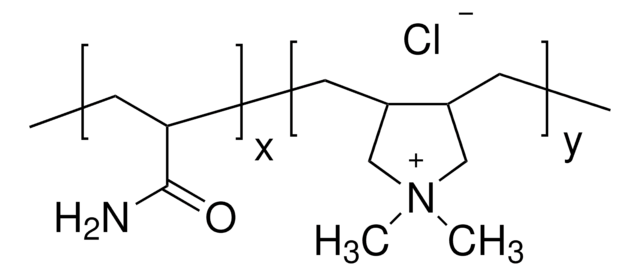
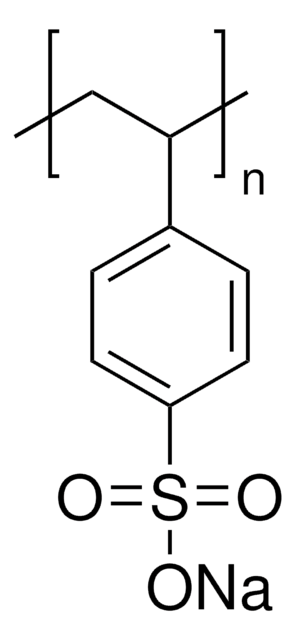
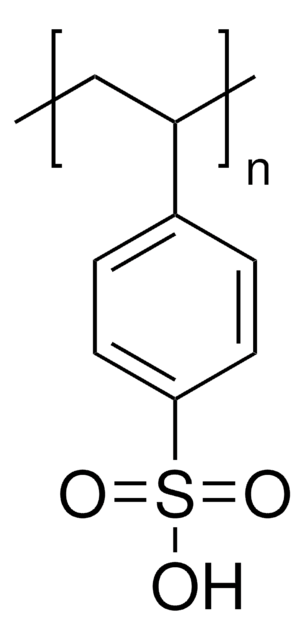
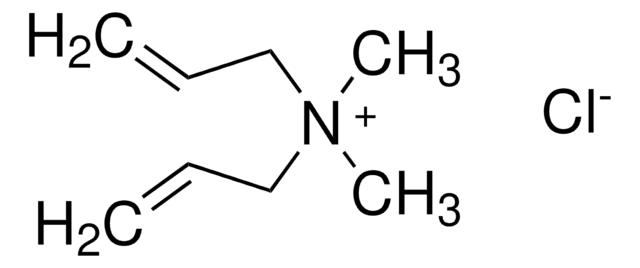
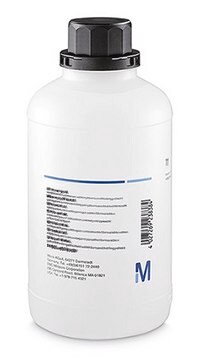
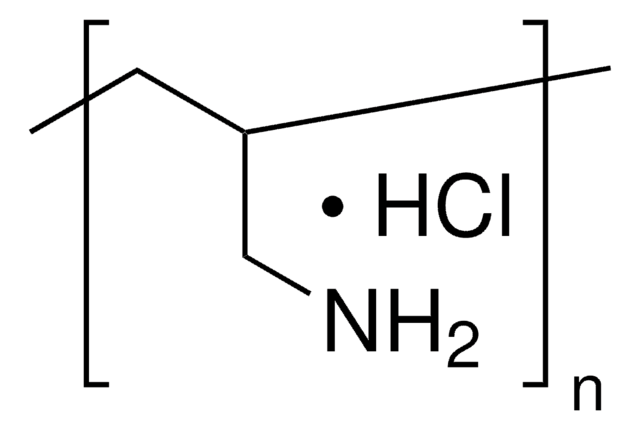
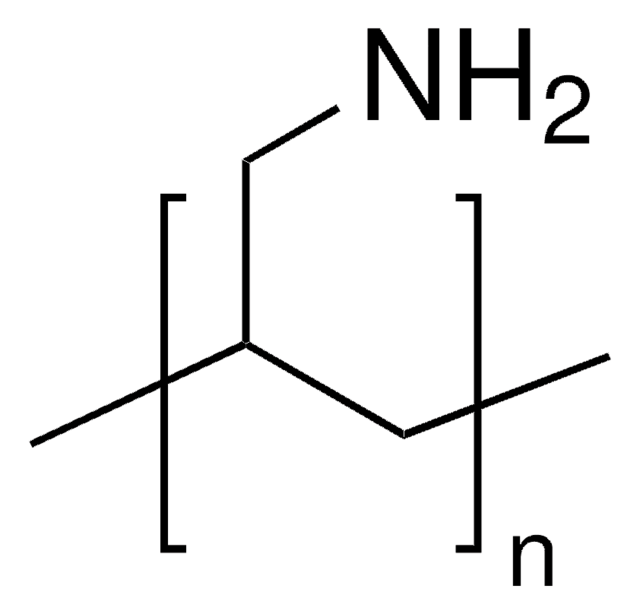
![Poly[(2-ethyldimethylammonioethyl methacrylate ethyl sulfate)-co-(1-vinylpyrrolidone)] average Mw <1,000,000 by GPC, 20 wt. % in H2O](/deepweb/assets/sigmaaldrich/product/structures/334/533/03fcaede-76a6-4b5a-a992-9565ea1ace4a/640/03fcaede-76a6-4b5a-a992-9565ea1ace4a.png)